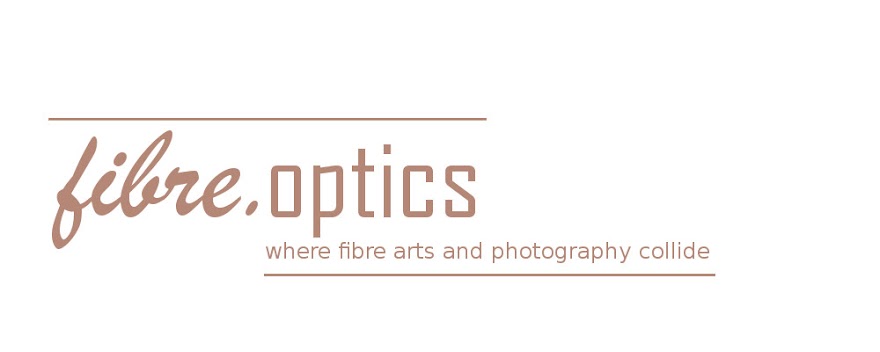| Unassuming Socks by Shannon Donald 50mm (80mm equivalent); 1/60 @ f/4.5, ISO 800 + bounced external flash. |
The Location
The photos were taken in my rather messy basement, on a February evening. Not much natural light happening there!
The Equipment
To get these shots, I used the following gear:
- Canon EOS 80D DSLR camera
- Canon EF50mm f/1.8 II lens
- AmazonBasics 60-inch Lightweight Tripod
- Neewer TT560 Flash Speedlite for Canon
- Neewer 9.8 feet/3 m Off Camera Flash Speedlite Cord
- a generic (i.e., I cannot remember the brand) camera remote control
- an old red tablecloth
- an old dresser (more on that in a minute)
The Setup
This is an impressively professional and well-thought-out studio setup. Not.
I tucked an edge of the tablecloth into the top drawer of an old dresser that was sitting in the basement. Voila! A plain red backdrop is born.
I located the tripod several feet away from the backdrop, on its lowest setting. I placed the flash on the tripod, with the flash head pointed up and towards the white wall to the side of my backdrop (assuming I recall correctly, and that I am reading the light in my photos correctly).
The flash was connected to my camera via the Speedlite cord, which allowed it to be triggered off-camera. I situated the camera itself far enough away from my backdrop that I could shoot wide and crop later; this gave me a little more leeway in terms of where I could position myself and still be in the shot. The most professional part of all? I set the camera on a Wii Fit board with a rolled-up sock under the lens to prop it up just a little bit. Pro tips, y'all. Keep it classy.
| 50mm (80mm equivalent); 1/60 @ f/4.5, ISO 800 + bounced external flash. |
The Process
The first step was to get the exposure right. Because my (cheap) flash is manual only (as opposed to TTL), it's a little trickier. I could have used actual math (metering, and then adjusting the settings appropriately based on the reading) but instead I used an educated guess and trial and error, because that's how I roll. My histogram helped me to quickly find acceptable settings. Once I'd established a baseline correct exposure, it was easy enough to vary my settings by keeping track of which direction and what number of stops I changed, and compensating through my other settings. I left my camera on full manual mode; otherwise my exposure would have been wrong due to the presence of the Speedlite, which would be unaccounted for by the camera's metering (additionally, I wanted a consistent exposure, and manual was the best way to achieve that goal).
Next I positioned myself in front of the backdrop. I used my remote control to take a few test shots, checked them on the LCD of my camera, and returned to take more. Because the background had little contrast, the autofocusing would only be successful when the camera locked onto my socks; this meant I didn't have to manually adjust and lock focus, making my life significantly easier (I could autofocus using the remote instead).
Because I was using a cheap flash, it would not fire if I had live view activated; therefore, I had no assistance in positioning myself. Basically, I shot a few frames, checked them on playback, and repeated, occasionally adjusting my aperture to get a different depth of field, and either ISO speed or flash power to keep my exposure the same.
Once I had a lot of shots in a variety of poses, I was done, except for a small amount of post-processing work (mainly tweaking white balance and cropping).
| 50mm (80mm equivalent); 1/60 @ f 5.6, ISO 400 + bounced external flash. |
What I Wish I'd Done Differently
- put my flash on my camera and my camera on the tripod (because I bounced the flash anyway, it would have made very little difference in lighting)
- increased my shutter speed to maximum sync speed (1/250) to block out any ambient light
- stopped down my aperture for a deeper depth of field
- increased flash power (even though it would take longer for the flash to cycle)
- chosen a more interesting background
And remember to check out Unassuming Socks, available now! It's a perfectly unisex vanilla-plus pattern for the beginner sock knitter, or the advanced sock knitter who just wants some good TV knitting.

No comments:
Post a Comment